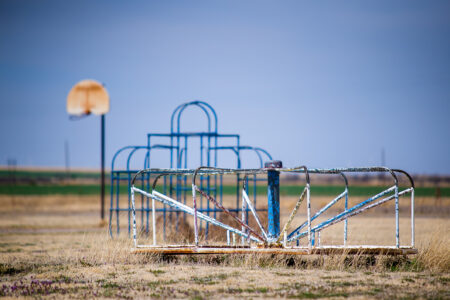Share On Social!
George Block has fought for children for a long time.
When Block saw disadvantaged kids not able to swim at local pools in the 1970s in San Antonio (63% Latino population), he fought for a new aquatic center that would provide free swim programs for them.
When Block jogged through a low-income neighborhood and heard Mexican soccer games blaring from homes, but low youth soccer participation in the 1980s, he drove changes to enable more play. He even helped launch San Antonio Sports, a foundation that builds new sports facilities and spurs school facilities to open publicly.
So…what did Block and his team do in 2016 when he saw many San Antonio families not using these facilities to capacity?
He stepped up again and created a literal “gateway” to promote family use of facilities.
San Antonio Needs More Safe Places to Play
Nationally, Latino kids tend to lack access to safe places to get the physical activity they need for healthy physical, mental, and social development, according to Salud America! research.
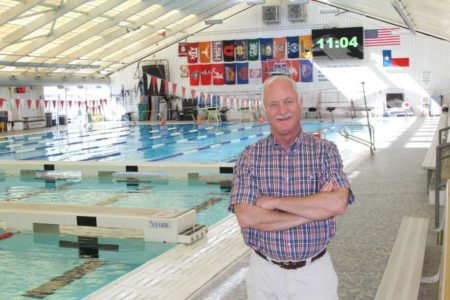
Source: San Antonio Sports
George Block learned this first-hand about 40 years ago in San Antonio.
As a swim coach in 1978, Block was alarmed to see kids from low-income families unable to swim at local pools or participate in local swim programs. So he championed the design of the Northside (ISD) Aquatics Center as a publicly accessible facility, which was named after him and provided a swimming program that was free for kids from low-income homes. He became the aquatics director at Northside ISD.
Just a few years later, while jogging in the city’s diverse west side in the 1980s, he was surprised to hear the many TVs tuned to soccer in a neighborhood that had the lowest registration in youth soccer.
Why were these kids not playing the sport they seemed to love so much?
Block said three things are necessary for afterschool sports to thrive:
1. Coaches
2. Facility access
3. Uniforms/equipment
He found that some neighborhoods lacked No. 1, coaches.
Due to University Interscholastic League (UIL) rules, school coaches have limits on which students and where they can coach during the offseason out of school. And because parents in many low-income neighborhoods often cannot afford to hire a separate coach, kids often miss out on sports programs.
“The [school coach] who cares the most about this sport and these kids is prohibited from working with those kids outside of the limited UIL time,” Block said.
Block found that No. 2, facility access, was an even bigger issue.
Club sports leagues struggled to find places to play, or ones that were affordable. Many school playgrounds, fields, and courts do not have policies to allow sports leagues to use them.
Block knew he had to help.
Shared Use, the Key to Facility Access
In 1984, Block co-founded San Antonio Sports to promote a greater sports presence in San Antonio, featuring lots of new sports field and facility building projects.
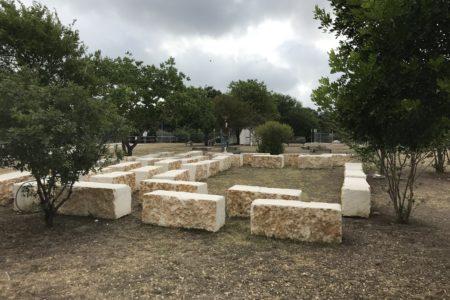
But even new facilities still couldn’t solve all the lack of access in all parts of the city.
That’s why San Antonio Sports became a leader in promoting public access to school parks, playgrounds, and fields. Every neighborhood in the city has an elementary school, which is within walking distance of 90% of homes in San Antonio.
“We want every kid to have the opportunity to be an athlete. Kids won’t be an athlete, if they don’t get started someplace. So we needed a park within walking distance from their homes,” Block said.
But not every school district has a policy to share its schoolyards publicly (called a “shared use agreement”).
Block wanted to improve shared use of school facilities and also break from relying on cities or counties to pay for, build, operate, and maintain new recreational facilities.
So in 2010, San Antonio Sports adopted a goal to have every elementary school gym, playground, and field open after school for community use by 2030.
They started working hard with the 15 school districts in the San Antonio area.
They found willing advocates and supporters along the way, like Reed Williams. Williams, a San Antonio City Council member at the time, worked with Block and school officials to develop the first “school park” (or “SPARK Park,” as it had been called previously). A school park is a new or improved recreational facility on school grounds that also is open to the public outside school hours.
“[City Council members] have a great feel for what area needs the infrastructure and where kids need a place to play,” Block said
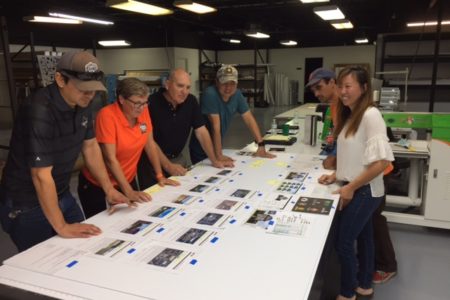
Source: (George Block)
Sixteen more “school parks” have been renovated and opened to the public in San Antonio thanks to support from parents, teachers, principals, and other City Council members using a collaborative funding model involving San Antonio Sports, the school, and the city.
For example, Adams Elementary (98.7% Latino) got a walking track, soccer field, softball/T-ball field, basketball goal, two covered play structures, swing set, zip line, horizontal bar, play structure, pre-k play area, and five exercise stations. Other schools got skate ramps, tennis courts, climbing structures, outdoor classrooms, drinking fountains, and more.
Block said some of the school parks immediately drew lots of kids and families to play.
Still, others sat empty.
Access to safe places to play is a huge problem and it’s too big for any one group or government department to solve by themselves. The average taxpayer is tired of giving money, they want schools, governments and organizations to work together.
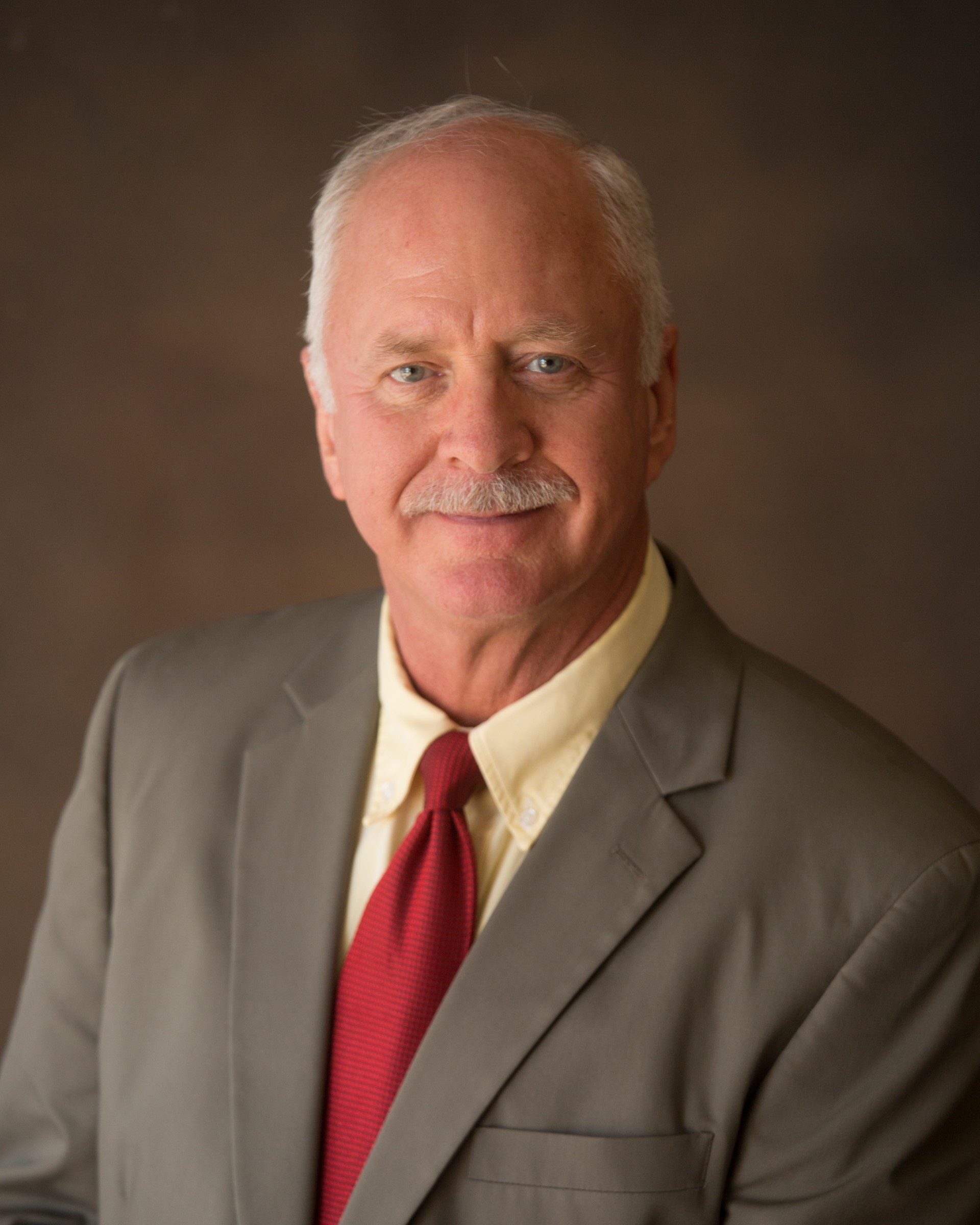 George Block
George Block
President of the World Swimming Coaches Association and chair emeritus of both San Antonio Sports and Voices for Children San Antonio
(Open) Gates Could Attract More Families
Access to safe places to play is a huge problem and it’s too big for any one group or government department to solve by themselves. The average taxpayer is tired of giving money, they want schools, governments and organizations to work together.
 George Block
George BlockPresident of the World Swimming Coaches Association and chair emeritus of both San Antonio Sports and Voices for Children San Antonio
In 2016, Block and his team decided to work with a research services consultant, Core Research, to dig deeper into why some school parks were being used while others were not.
Dr. Susan Korbel, the owner of Core Research, tracked usage at each of the school parks and looked at the surrounding environment.
The research found that school parks with a gate had a much higher use than the parks that did not. Even though these school parks are open, the myth of closure persisted, unless there was a gate.
Could an “entrance” gate symbolically and literally represent an open schoolyard?
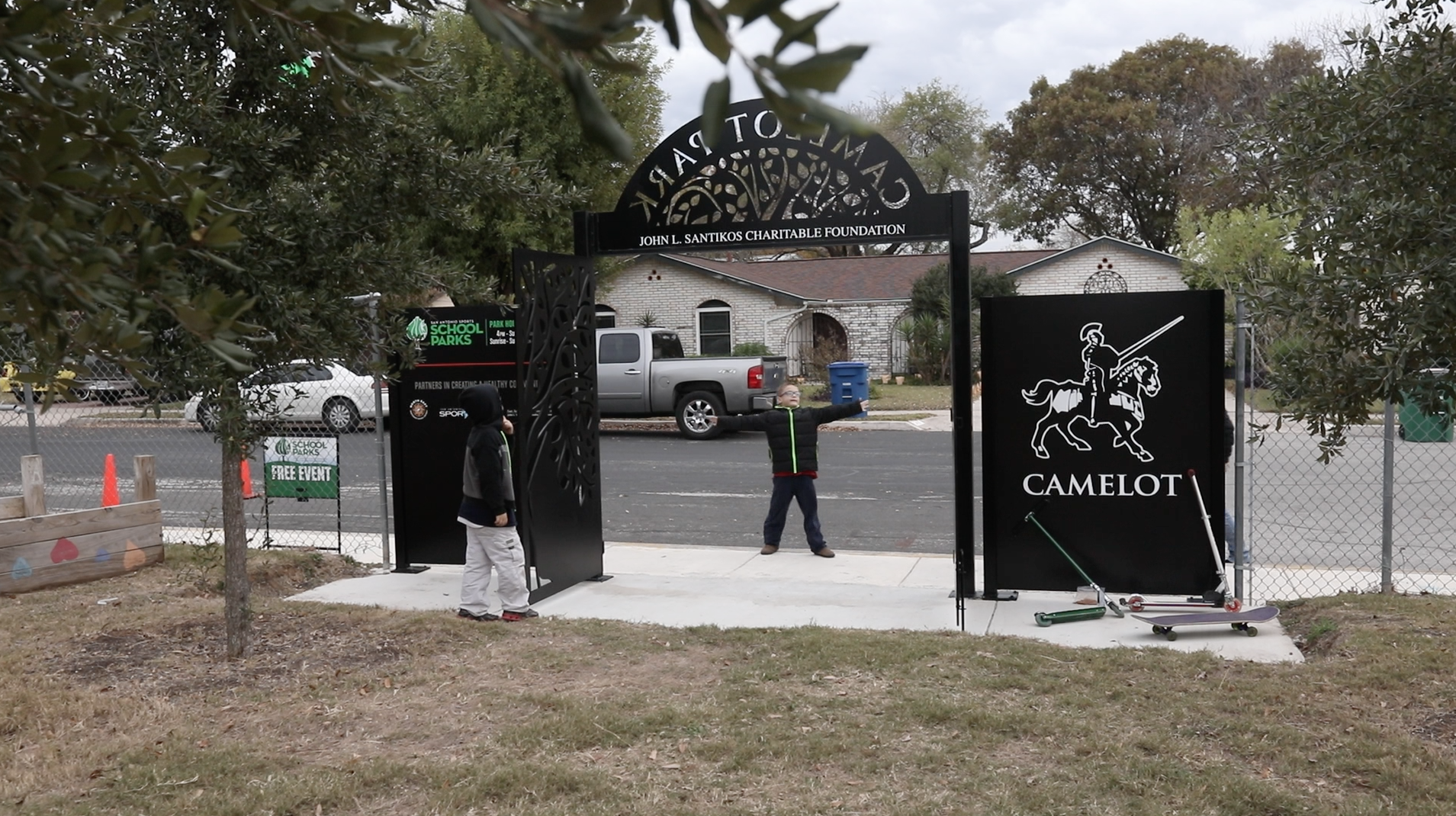
Block and his team wanted to try and see if gates would make families feel more welcome to play at school parks. So they applied for and got a grant from the Santikos Foundation to design, buy, and install gates on the 16 existing school parks and 18 future school parks by 2020.
They worked with Xgrafx design agency and Titan Sign Company to design and purchase the gates.
Gate installation started at some school parks in October 2017. Each school park will get a rededication ceremony to alert surrounding neighbors to the new gates and openness of each park.
In August, 2017, San Antonio Sports updated their website to include an interactive map of the school parks they had renovated and opened to the public.
Block, who recently was inducted into the San Antonio Sports Hall of Fame and recognized by the Safe Routes to School National Partnership as a Shared Use Ambassador, believes the new gates will hammer home the availability of free access to school parks, playgrounds, sports fields, and walking trails.
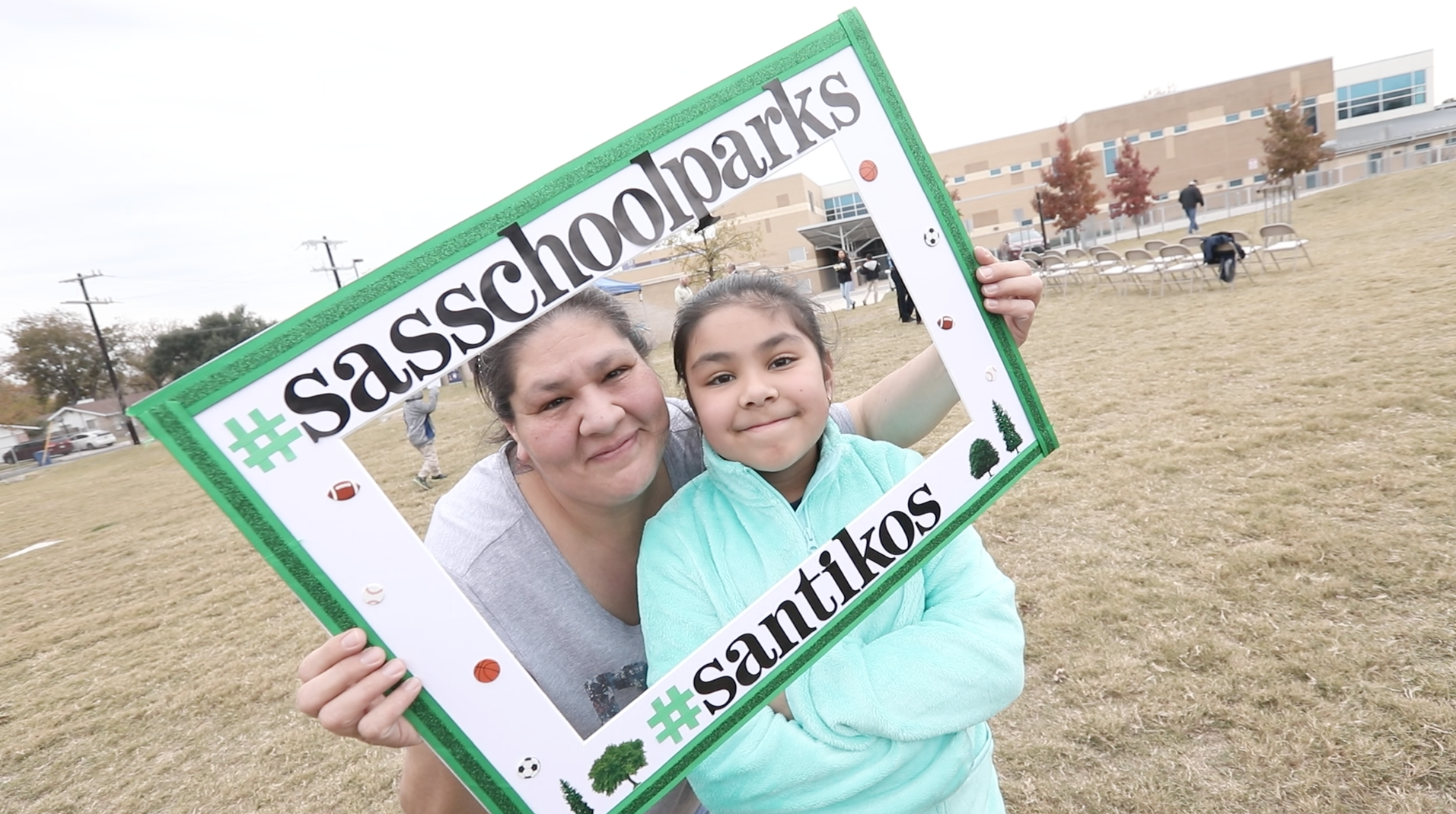
“Access to safe places to play is a huge problem and it’s too big for any one group or government department to solve by themselves,” Block said. “The average taxpayer is tired of giving money, they want schools, governments and organizations to work together.”
By The Numbers
33
percent
of Latinos live within walking distance (<1 mile) of a park
This success story was produced by Salud America! with support from the Robert Wood Johnson Foundation.
The stories are intended for educational and informative purposes. References to specific policymakers, individuals, schools, policies, or companies have been included solely to advance these purposes and do not constitute an endorsement, sponsorship, or recommendation. Stories are based on and told by real community members and are the opinions and views of the individuals whose stories are told. Organization and activities described were not supported by Salud America! or the Robert Wood Johnson Foundation and do not necessarily represent the views of Salud America! or the Robert Wood Johnson Foundation.


